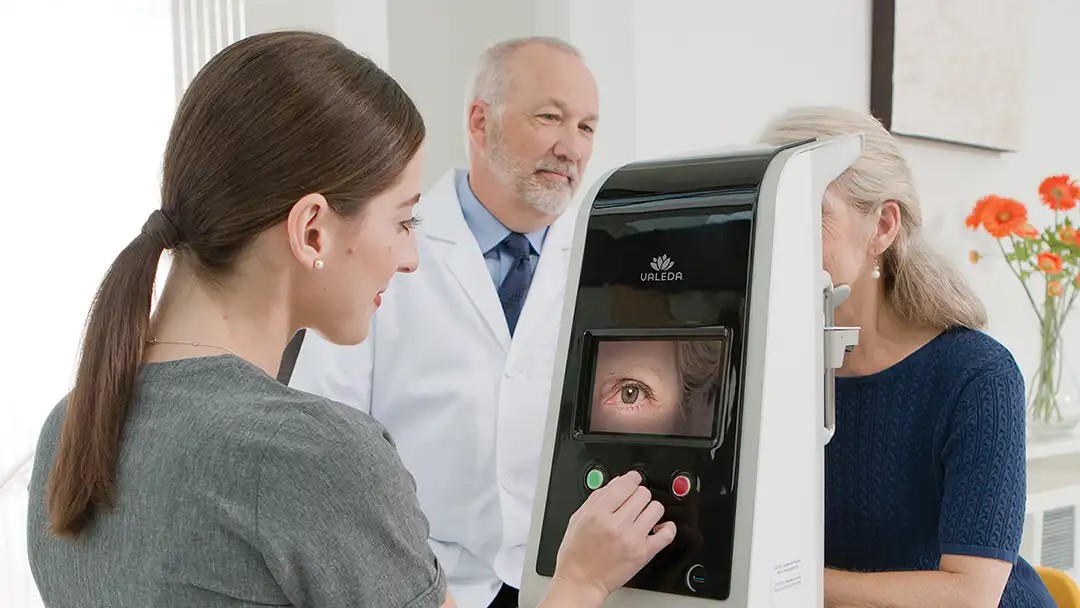
Age-related macular degeneration (AMD) is a leading cause of central vision loss in older adults. It affects the macula, the part of the retina responsible for sharp, detailed vision needed for reading, driving, and recognizing faces. While there is no complete cure for AMD, a variety of treatment options can slow disease progression and help patients maintain their quality of life.
Choosing private treatment for age-related macular degeneration can offer benefits such as quicker appointments, access to newer therapies, and personalized care. Understanding the difference between wet and dry AMD is key to selecting the right treatment approach.
Understanding the Two Types of AMD
Dry AMD is the most common form, occurring when the macula gradually thins over time. This leads to blurred central vision and the appearance of drusen, which are small yellow deposits beneath the retina. Dry AMD usually progresses slowly, and vision changes may be subtle in the early stages.
Wet AMD, while less common, is more severe. It develops when abnormal blood vessels grow beneath the retina and leak blood or fluid, causing rapid vision loss. Wet AMD can progress quickly, and urgent medical treatment is necessary to prevent long-term damage to central vision.

Private Treatment Options for Wet AMD
Wet AMD has several proven treatment options, especially in a private care setting where access may be faster. One of the most effective treatments is anti-VEGF (vascular endothelial growth factor) injections. These injections discourage abnormal blood vessel growth and reduce fluid leakage. Private clinics often allow more flexible scheduling, which helps maintain the recommended injection frequency for best results.
Photodynamic therapy (PDT) is another option. It uses a light-activated drug injected into the bloodstream, followed by a targeted laser to seal leaking blood vessels. Though less commonly used than anti-VEGF injections, PDT may be helpful for specific cases where injections are not fully effective.
Some private clinics also offer combination therapy, using anti-VEGF injections alongside laser treatment or nutritional support. This approach can be beneficial for patients with aggressive or recurrent wet AMD. Private AMD management plans may also provide quicker follow-up appointments and more attentive monitoring, which is crucial when managing sudden changes in wet AMD symptoms.
Private Treatment Options for Dry AMD
Dry AMD does not currently have a medical treatment that restores lost vision, but there are strategies that can slow progression and support retinal health. Nutritional therapy is a key approach. The AREDS2 supplement formula—containing vitamins C and E, zinc, copper, lutein, and zeaxanthin—has been shown to reduce the risk of advanced disease. Private eye specialists may tailor supplementation plans based on lifestyle and genetic risk factors.
Low vision rehabilitation is another important aspect. Private clinics often offer customized devices, training, and therapy to help patients adapt to changes in central vision. Tools like magnifiers, specialized lighting, and electronic reading devices can help patients maintain independence and daily functioning.
Emerging treatments for dry AMD, such as complement inhibitor drugs, are becoming available in select private clinics. These therapies target inflammation processes involved in retinal cell damage. While still new, they offer hope for patients with intermediate or advanced dry AMD, and private care settings may provide earlier access as part of expanded treatment programs.
Benefits of Choosing Private AMD Care
Choosing private age related macular degeneration treatment can offer several advantages. Private clinics often have shorter waiting times, allowing faster intervention, especially for wet AMD where every day matters. Patients also benefit from individualized treatment plans, continuity with the same specialist, and more thorough monitoring.
Private care also may offer access to newer or more advanced medications and treatment technologies. This can be especially meaningful for patients who have not responded well to standard treatment approaches.
Taking a Personalized Approach to AMD Care
AMD affects individuals differently, and treatment success depends on early detection, consistent monitoring, and tailored care. Patients should discuss their vision goals, lifestyle considerations, and overall health with their specialist to determine the most suitable path. Whether managing wet or dry AMD, the goal is to protect remaining vision and maintain long-term quality of life.
By staying informed and accessing timely care, patients can play an active role in preserving their vision. A supportive medical team and a proactive approach can help make AMD a manageable part of life rather than a limiting one.





